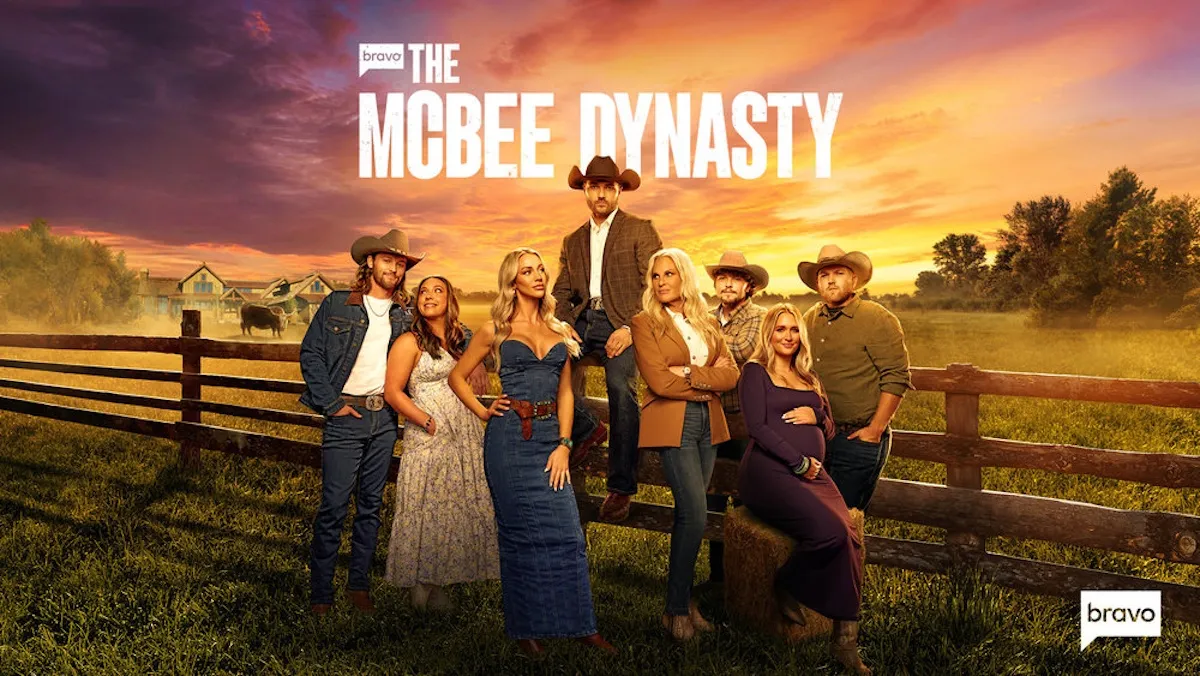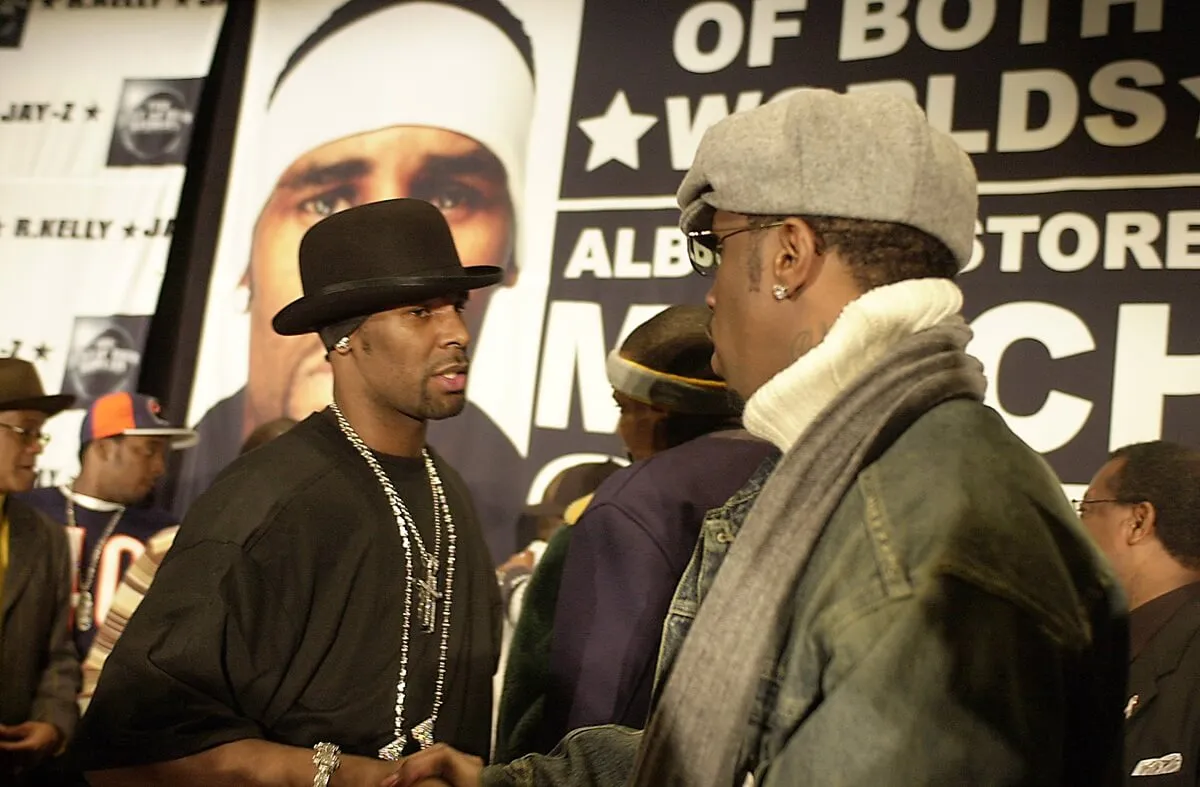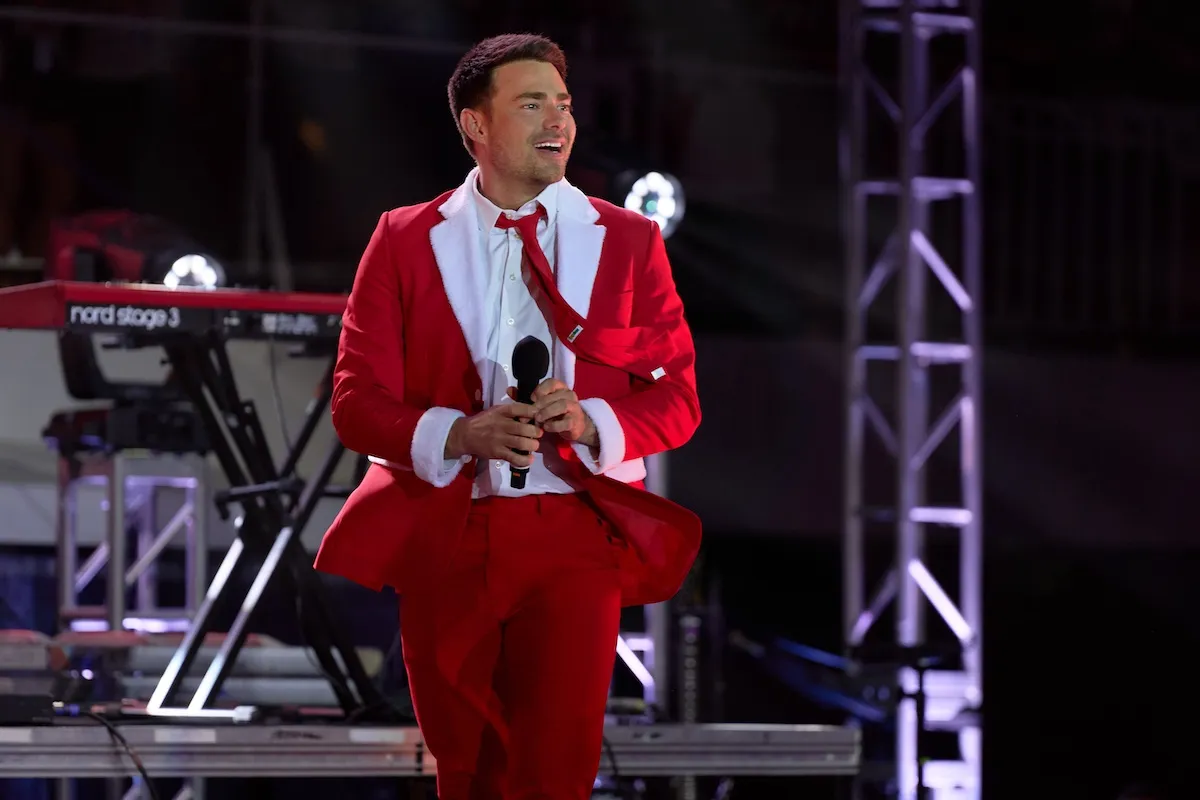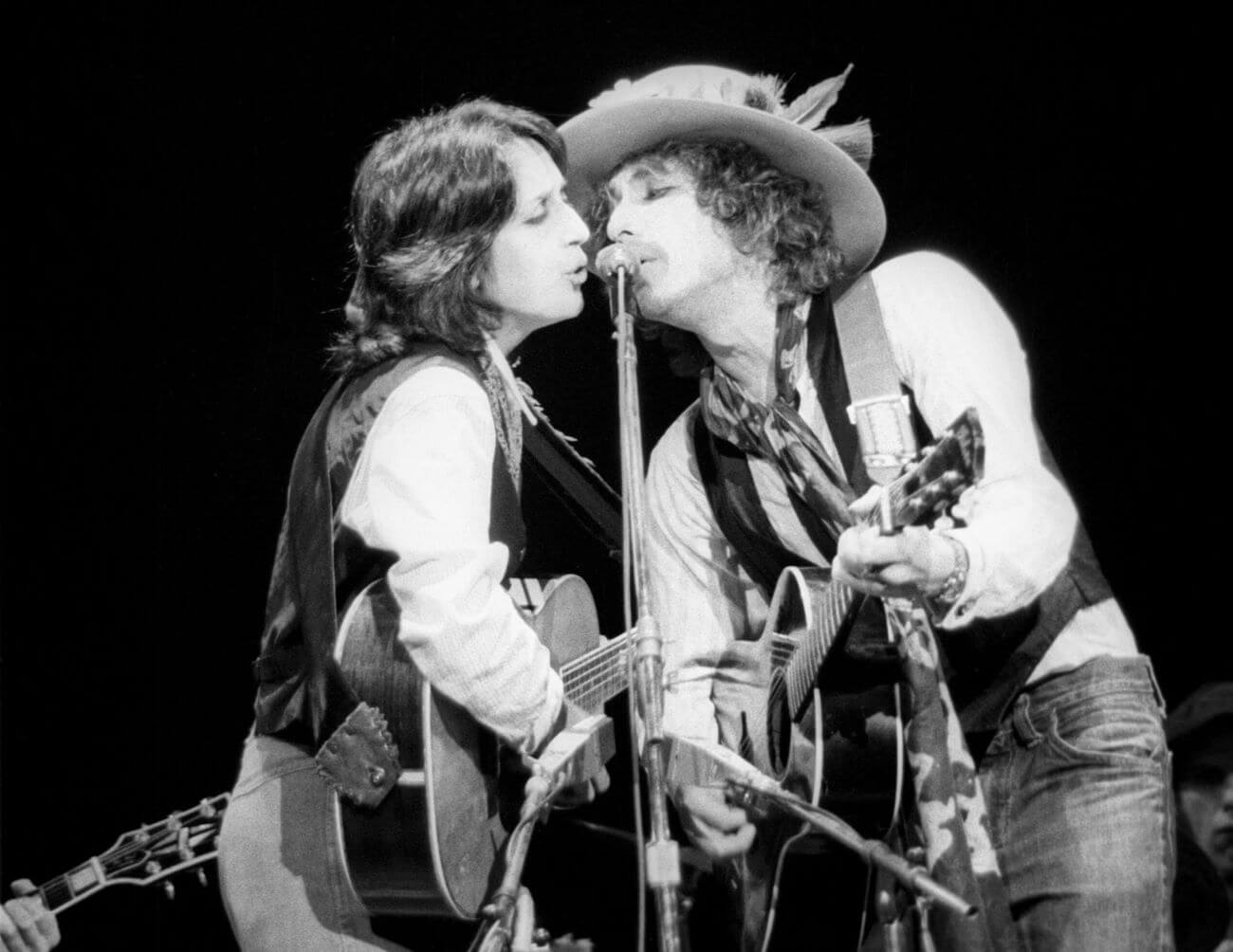
Bob Dylan Made a Movie so Hated That 1 Critic Wished the Singer ‘Died’
In 1978, nearly two decades into an already illustrious career, Bob Dylan released the movie Renaldo and Clara. Dylan wrote and starred in the film, which combined concert footage, interviews, and fiction. It was not well received. Many critics panned the film, with one even going so far as to say he wished Dylan had died before he had the chance to make it. This type of reaction begs the question: do we expect too much of Dylan?
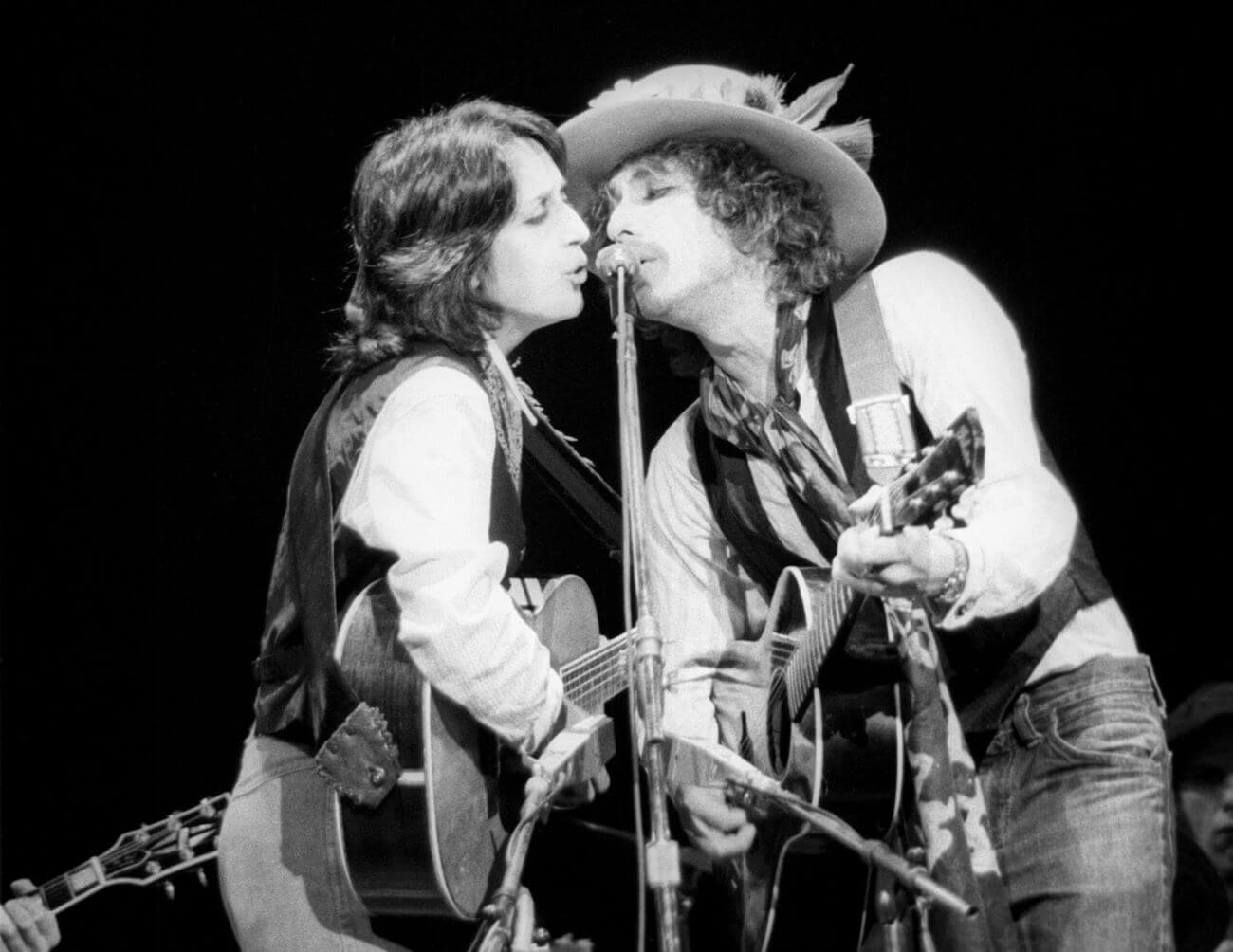
Bob Dylan released the movie ‘Renaldo and Clara’
During Dylan’s 1975 Rolling Thunder Revue tour, the musician decided to shoot a film. He partnered with playwright Sam Shepard to write a script, but Shepard admitted they didn’t get far.
“We never actually wrote a script,” he said, per the book Down the Highway by Howard Sounes.
Besides Dylan, the film features his then-wife Sara Dylan, Joan Baez, Harry Dean Stanton, Ronee Blakely, Allen Ginsberg, and some of Dylan’s friends.
A critic reacted strongly to the Bob Dylan movie
After its release in 1978, Renaldo and Clara’s limited theatrical run ended early after poor reviews and box office showing.
“It’s not just people previously unexposed to Dylan who are likely to be repelled by his arrogant passivity,” The New Yorker wrote, “even those who idolized him in the sixties may gag a little.”
One of the most scathing reviews, which ran in The Village Voice, opened with “I wish Bob Dylan died.”
In 2001, critic Mark Jacobson, who wrote the review, gave a bit of insight into his criticism.
“The idea, I guess, was that even Bob dying would have been better than sitting through Renaldo and Clara twice,” he wrote for Rolling Stone. “Maybe in 1978 I thought this was some kind of joke.
Part of Jacobson’s problem with the movie at the time of its release was that it did nothing to clear the cobwebs of enigma that have shrouded Dylan since the early 1960s.
“As for anything new or revealing about Bob Dylan, it didn’t come clear,” he wrote. “Halfway through Renaldo & Clara, I was screaming for Westbrook Van Pegler. Or Jack Webb. I am sick and tired of vagueness in Bob Dylan. What is he afraid of? Four hours is a long time for nothing to be revealed. Just a succession of mystic-cryptic elusive ladies in the night and somber young men.”
Do we expect too much of the musician?
An unsuccessful project bringing this much ire feels typical for Dylan. When he went electric in 1966, the crowd booed, with one concertgoer calling him “Judas.”
Dylan also receives praise that borders on — and sometimes tumbles over into — reverence. Fans discuss his artistry with religious zeal. When Dylan attacked Alan J. Weberman, a “Dylanologist,” for going through his garbage, all Weberman could think was how happy he was to see Dylan.
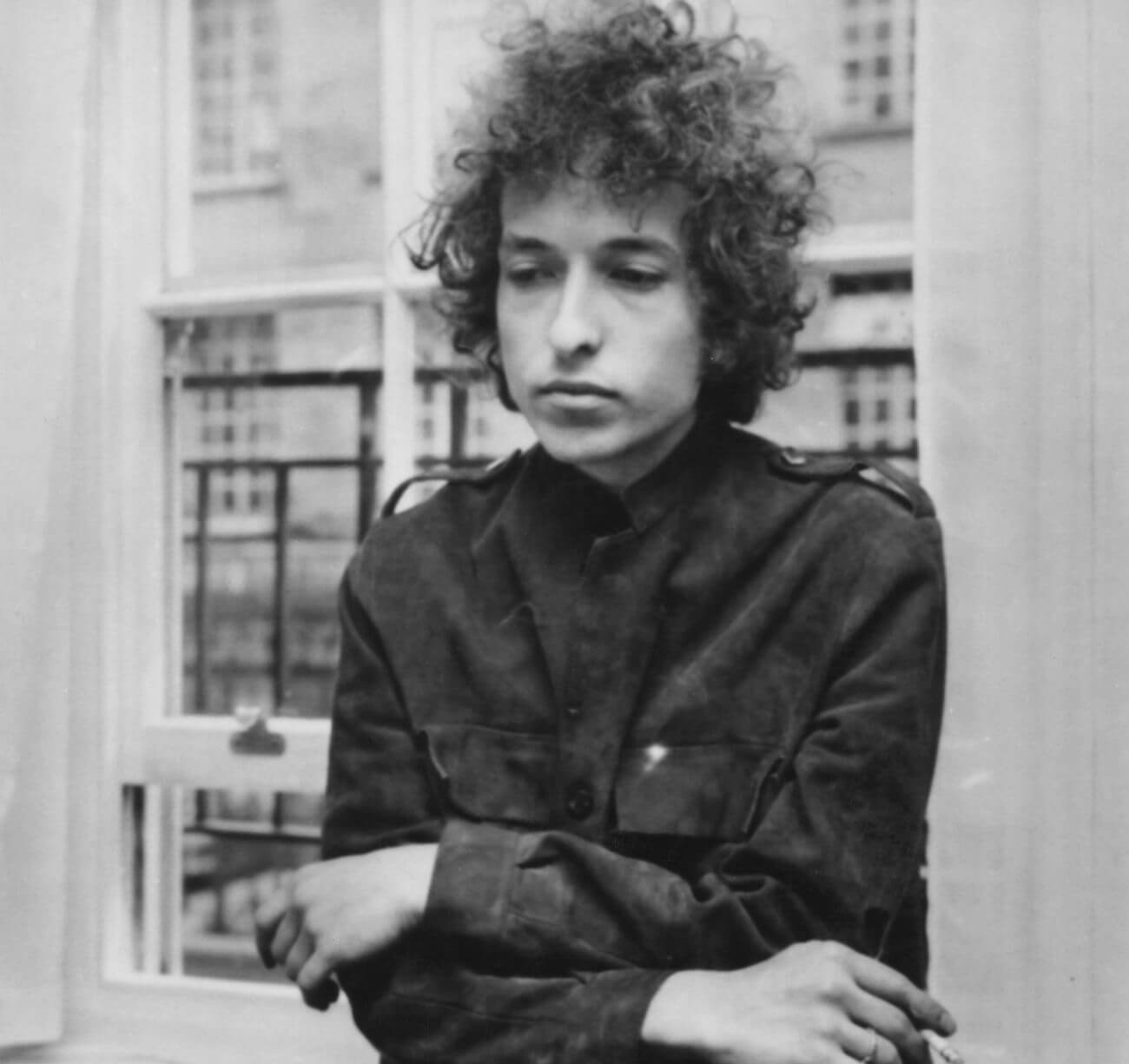
“I’d been going through his trash,” he said, per GQ. “He knocked me down. I was glad to see him, even though he was banging my head against the sidewalk. Afterwards these bums come over and say, ‘Did he get much money?’ I say, ‘Money’? That was Bob Dylan.'”
Dylan’s intense privacy and belief that his music is a channel for a higher power only add to the legend around him. Because his successes are mythologized, his failures feel like a betrayal. There’s little question that he is a genius, but he’s also just a person. In many ways, people expect him to be more than that.
